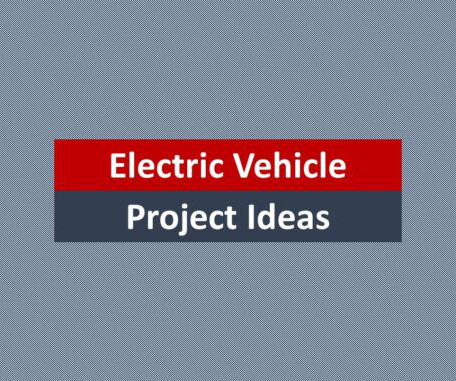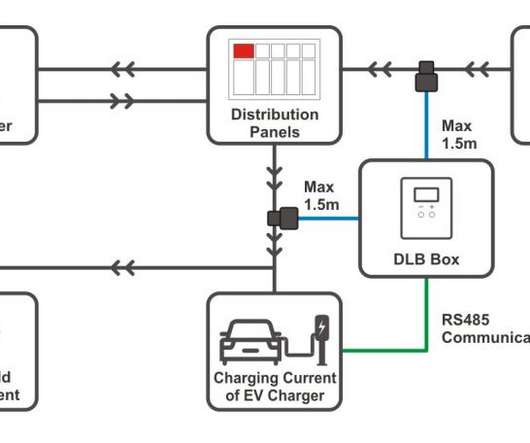GE Energy Financial Services joins $8M investment round in biomass-to-gasoline startup
Green Car Congress
NOVEMBER 17, 2010
Gas chromatograph traces of conventional 87 octane gasoline (top) and CoolPlanetBioFuels drop-in gasoline produced from corn cobs. CoolPlanetFuels’s proprietary biofractionator modules can produce a range of high-value hydrocarbon fuel components at low cost. Source: CoolPlanetBioFuels. Click to enlarge.




























Let's personalize your content